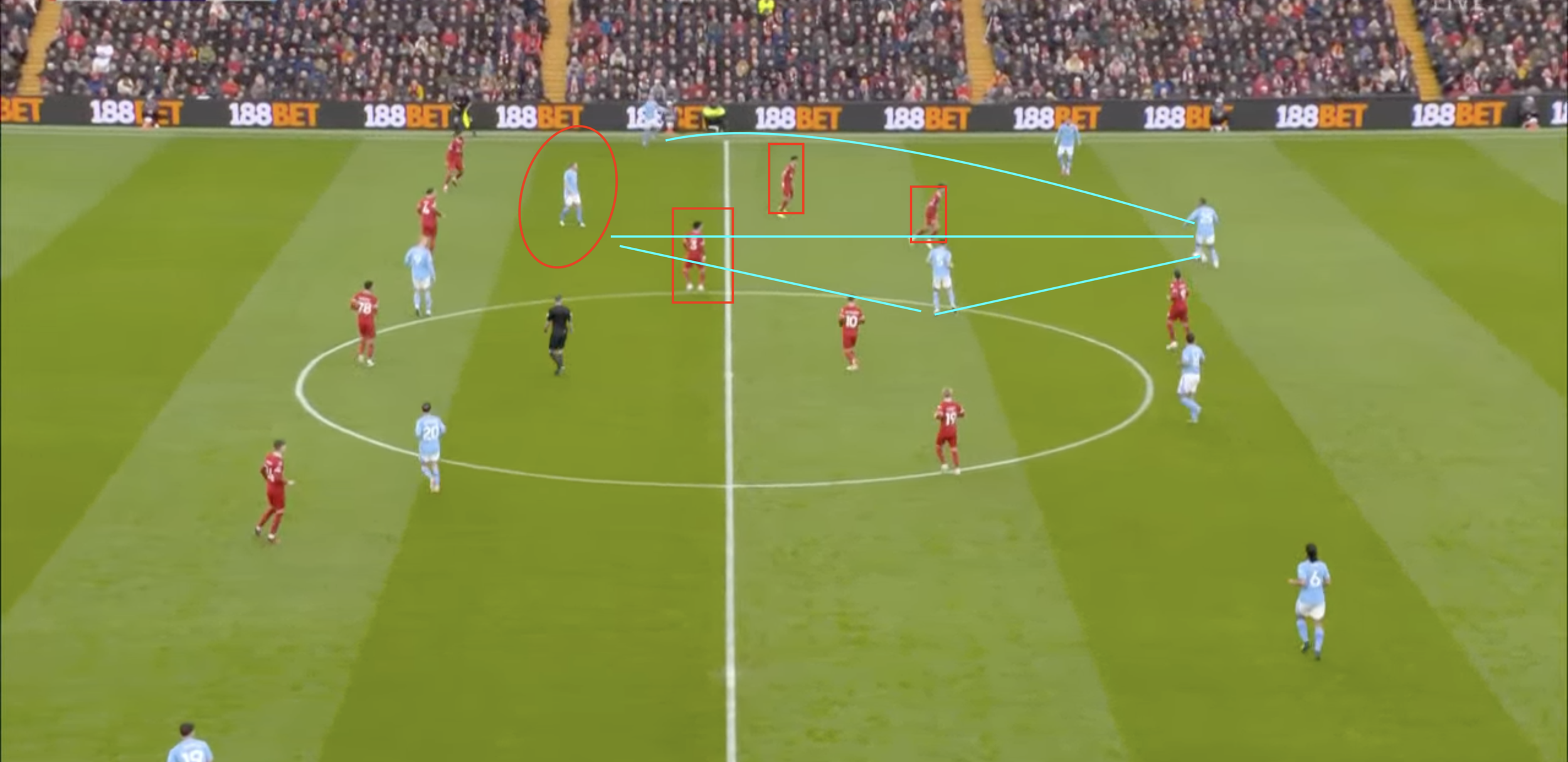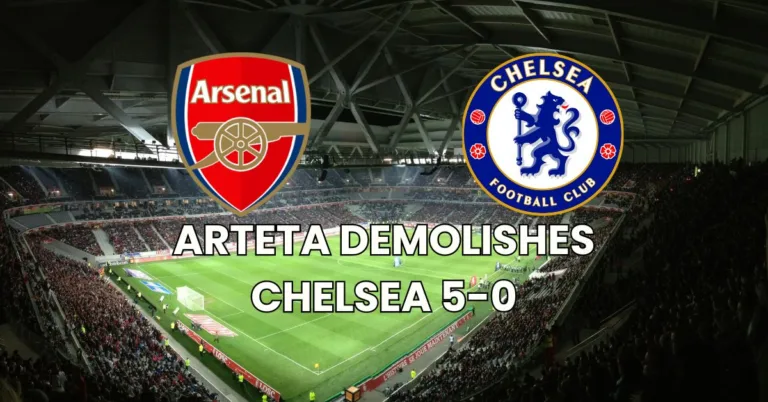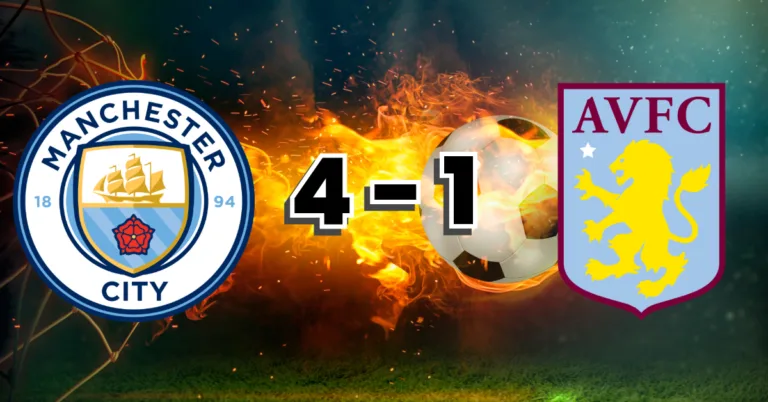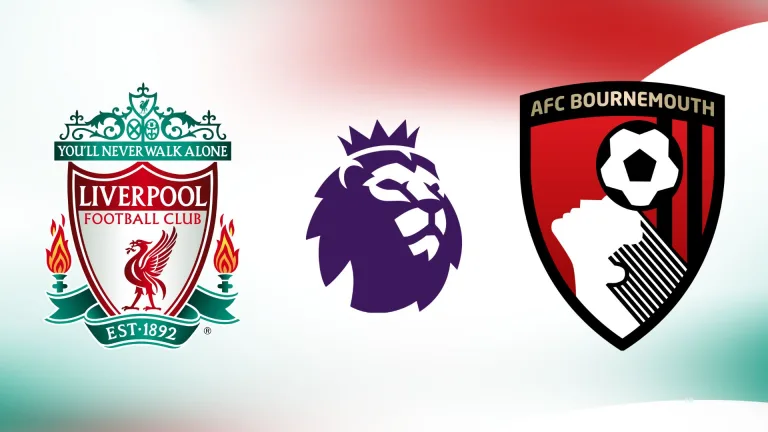 Szoboszlai intervenes to cut off the passing lane to De Bruyne.
Szoboszlai intervenes to cut off the passing lane to De Bruyne.
The impact of Liverpool’s pressing is clearly evident in Kevin De Bruyne’s statistics, where in this match, he had a passing accuracy of only 64%, compared to his average of 83%.
Tactical Adjustment and De Bruyne’s Substitution
As the second half progressed, Liverpool increased their intensity. We can observe that in the first half of the game, the match was fairly balanced, but in the second half, Liverpool stepped up their game. This made it harder for the Citizens to maintain possession, further reducing De Bruyne’s impact.
By bringing on Mateo Kovačić for De Bruyne, Guardiola stabilized the midfield defensively, given Kovačić’s profile as a defensive midfielder. However, this substitution also had another tactical implication. It allowed Phil Foden, whom Guardiola has named as “the best player in the Premier League,” to move closer to the center of the field, filling the void left by De Bruyne.
The impact of Foden’s presence closer to the midfield was immediately noticeable. In the 74th minute, he made an incredibly dangerous run into the center of the field, challenging Kelleher for the ball. Although Kelleher managed to punch the ball away, it rebounded off Foden and hit the crossbar. Of course, Kelleher was fortunate that the ball rebounded onto Foden’s arm, which would have resulted in the goal being disallowed. But what if the ball hadn’t hit Foden’s arm? What if the crossbar had been a few inches higher?
 Foden’s central positioning allowed him to initiate this phase that caused significant problems for Klopp’s team.
Foden’s central positioning allowed him to initiate this phase that caused significant problems for Klopp’s team.
Conclusions
The decision to substitute Kevin De Bruyne in the match against Liverpool was influenced by several factors, ranging from physical condition and statistics to tactical and strategic considerations. The impact of this change was positive for Manchester City, providing the team with a new dynamic and contributing to the necessary tactical adaptation to cope with the challenges posed by a formidable opponent.
Guardiola and Klopp once again demonstrate why they are two of the best tacticians in modern football in an exceptional match. However, I cannot conclude without mentioning that Liverpool deserved a victory at Anfield, and without appreciating the energy and determination of Luis Díaz towards the end of the game, which should have at least brought a goal for Liverpool.

 Klopp’s players’ positioning on the field prevented the ball from reaching De Bruyne.
Klopp’s players’ positioning on the field prevented the ball from reaching De Bruyne. Szoboszlai intervenes to cut off the passing lane to De Bruyne.
Szoboszlai intervenes to cut off the passing lane to De Bruyne. Foden’s central positioning allowed him to initiate this phase that caused significant problems for Klopp’s team.
Foden’s central positioning allowed him to initiate this phase that caused significant problems for Klopp’s team.




